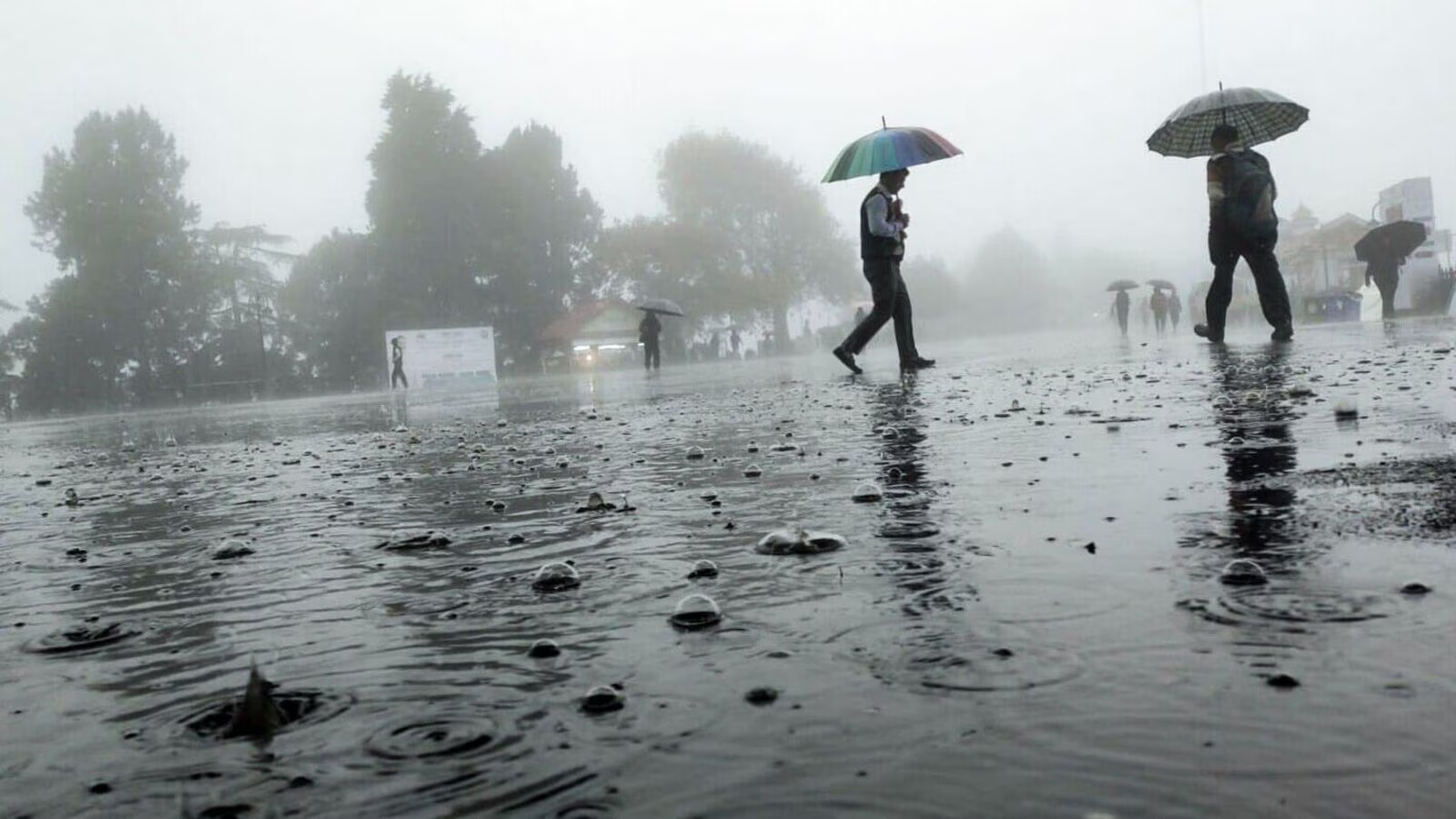Policymakers and farmers will welcome this news
 KRC TIMES Desk
KRC TIMES Desk

The Indian Meteorological Department (IMD) has marked a significant milestone by releasing its long-term forecast. For the first time in a decade, the IMD has predicted above-average rainfall across almost the entire expanse of the country. This forecast carries profound implications for various sectors, ranging from agriculture to water resource management and beyond.
Policymakers and farmers will welcome this news, although ordinary individuals may find themselves contending with a more pronounced monsoon season than usual. It would indeed be a sigh of relief for all farmers. The agricultural sector, which forms the backbone of India’s economy, is heavily reliant on timely and adequate rainfall. Adequate precipitation is essential for the cultivation of crops and the sustenance of agricultural activities. With an anticipated surplus in rainfall, farmers can expect better soil moisture levels, leading to improved crop yields.
Additionally, the forecast offers them an opportunity to plan their cropping patterns and maximise agricultural output. Besides, India’s water resources are intricately linked to the monsoon patterns. Above-normal rainfall augurs well for the replenishment of reservoirs, lakes and groundwater aquifers. It provides a much-needed boost to water levels, especially in regions grappling with water scarcity. Adequate rainfall can alleviate the stress on water resources, ensuring better availability for domestic, industrial and agricultural purposes. A bountiful monsoon also facilitates the generation of hydroelectric power, thus contributing to the energy sector.
However, it may be too early to celebrate a normal or above-normal monsoon. Weather forecasts are probabilistic; even a good monsoon across the country is a rare occurrence. While above-normal rainfall brings several benefits, it also presents certain challenges. Excessive precipitation can lead to flooding, particularly in low-lying areas and regions prone to inundation. Flooding not only causes damage to property and infrastructure but also poses risks to human life. Therefore, authorities must undertake pre-emptive measures such as strengthening infrastructure, improving drainage systems and implementing effective flood management strategies. Heavy rainfall increases the risk of soil erosion and landslides, particularly in hilly terrains.
Adequate soil conservation measures and afforestation efforts are essential to mitigate these risks and safeguard vulnerable ecosystems. Also, authorities need to ensure efficient water management practices to prevent wastage and optimise the utilisation of water resources.
The IMD’s forecast heralds promising prospects for farmers to enhance productivity and for authorities to address water scarcity concerns. By adopting a comprehensive approach that combines preparedness, conservation and sustainable practices, India can harness the benefits of abundant rainfall while minimising associated risks, paving the way for socio-economic development and environmental sustainability.

